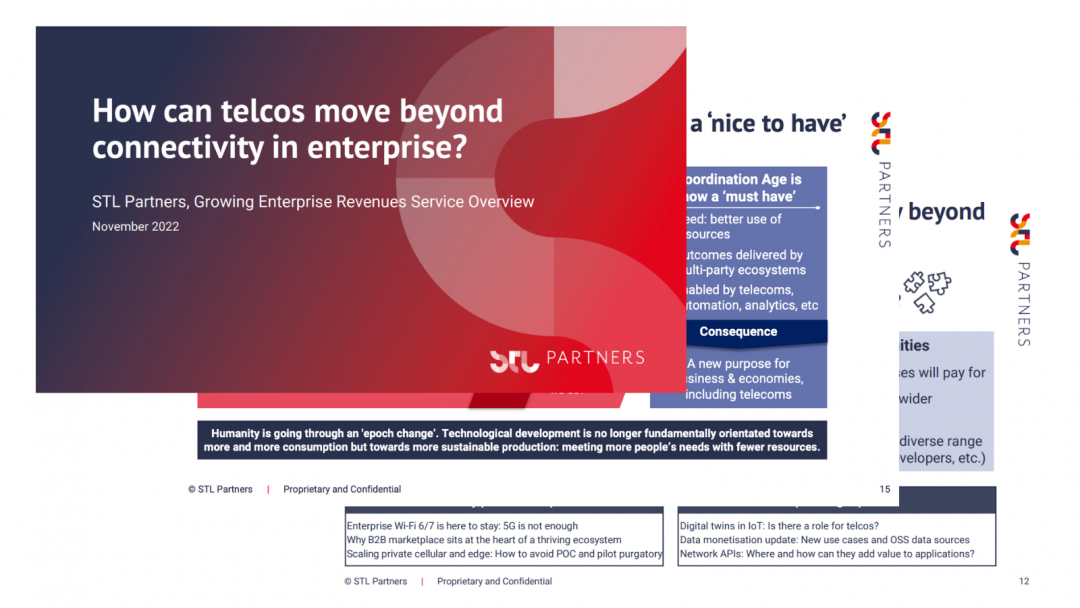
A3 technology: Where should telcos focus?
Prioritisation matrix for telco A3 capabilities
STL recently explored potential enterprise solutions leveraging analytics, AI and automation (A3) capabilities that telcos can address across 200+ use cases across 14 industry verticals.
We looked at vertical opportunities and sought to answer two questions: Which of the A3 technologies are most feasible for telcos to work with? and which verticals hold the most opportunity?
In terms of A3 technologies available to telcos today, we asked: How feasible is it for a telco to deploy the A3 technology successfully? (y-axis) and how many opportunities are there for the particular technology to be deployed across all the vertical use cases? (x-axis).
Prioritisation matrix for telco A3 capabilities

The key takeaways from this element of our analysis found:
- Pattern and anomaly detection and personalisation are by far the most numerous and attractive opportunities for telcos. The addition of analytics and machine learning to track behaviours in both people and things often provides input into forecasting and optimisation exercises. They also find patterns or triggers in order to suggest actions to be taken.
- Image and speech recognition, also offer a good number of reasonably feasible opportunities, particularly for large telcos with related products and good traction in the relevant verticals (retail, real estate and construction, manufacturing).
- “Augmented workers” capabilities is a more speculative addition to the graphic. These technologies work alongside humans to provide decision support where large data sets and complex decisions are needed. We include these capabilities as they could be added to telco analytics solutions to provide additional functionality to customers in future, particularly in contact centres.
- Text, sentiment and emotion detection are mostly unattractive opportunities for telcos, tending to be used in use cases that are of low interest to them.
- Immersive technologies and AI design are considered of lower feasibility currently due to the immaturity of the technologies and markets.
This report considers in depth each of these different types of A3 capabilities and their uses for a telco as well as where it is most feasible for telcos to provide A3 technologies to different verticals.
Download the report here: A3 for enterprise: Where should telcos focus?
Related research report:
The report builds on a previous STL Partners report Telco data monetisation: What’s it worth? which modelled the financial opportunity for telco data monetisation – i.e. purely the machine learning (ML) and analytics component of A3 – for 200+ use cases across 13 verticals.
Download this article as a PDF
Read more about growing enterprise revenues
Growing Enterprise Revenues overview pack
Our overview pack explores how the telecoms industry can leverage new business models to meet enterprise customer needs
5G for business: An update on telco pioneers
SK Telecom, Verizon & Telstra have looked to expand their 5G networks & to provide businesses with more opportunities to take advantage of 5G
5 innovative telehealth apps for 2022
Demand for telehealth apps has been increasing rapidly in recent years as healthcare continues its move towards digitisation, with COVID-19 only accelerating this trend. 2020 alone saw 90,000 new telehealth apps added to the market, so finding a niche is crucial. Below we outline 5 telehealth apps which exemplify different potential niches in the market.





